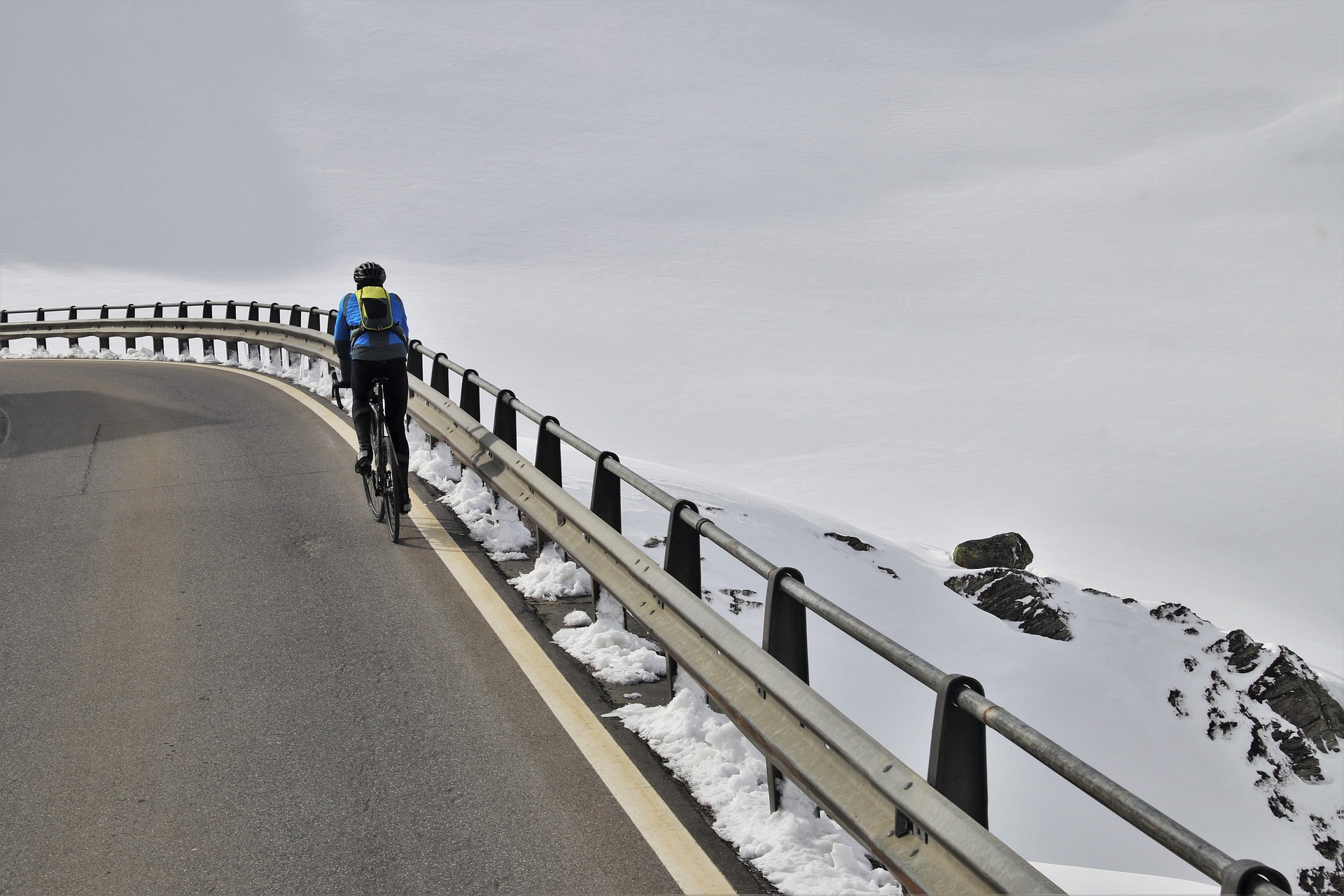Have you assessed your personal “comfort zone” lately? Comfort zones, and our attachment to them, have gotten a bad rap in the press lately. Media headlines scold us to “get out of our comfort zone,” but comfort zones are not necessarily good or bad. This blog post (and additional related ones) will look at how comfort zones can be used to our advantage to identify areas for growth and learning.
Alasdiar White defines the comfort zone as a “behavioral state in which an individual operates in an anxiety-neutral condition, using a limited set of behaviors, to deliver a steady level of performance, usually without a sense of risk.” Wait! Let’s try that again with a less academic explanation.
Stepping outside of one’s comfort zone allows us to experience, and become comfortable with, feelings of ‘productive discomfort’. When we venture outside our risk-free comfort zone, we increase learning, gain skills, and (hopefully) become more confident because of those new opportunities.
The comfort zone model, shown below, has similarities to life stress levels. Research shows that experiencing some lifetime adversity allows us to better tolerate future life difficulties. We become more adaptable, learn new skills and gain confidence after experiencing personal stress.
Please note, there is a difference between ‘healthy’ stress and highly adverse, chronic stress that continues over long periods of time. Too much chronic stress is unhealthy and can be harmful to individuals and communities.
In relation to comfort zones, White notes that, “motivation and anxiety are sub-sets of stress” and both can be used as tools in performance management. In the same way way that on-going, chronic stress is not beneficial to people, operating so far outside out the comfort zone that it feels dangerous or induces panic is not a productive way to learn or work.
The Comfort Zone Model shows three zones with off-centered ovals. The design illustrates that, “a small increase in anxiety can tip the subject into the danger zone, while in other areas there has to be a large increase in anxiety before a deterioration of performance occurs”.
The zone between comfort and danger is often called the optimal zone or growth zone. This zone, which is not centered squarely between the other two zones, is similar to the sweet spot on a tennis racket. We don’t always hit the sweet spot during a tennis game, and we cannot always operate within the optimal performance zone. While it might be helpful to limit life experiences within the danger zone, much of our work and life experiences fluctuate between the different zones.
Take a moment for personal refection. In what ways are you holding fast to your comfort zone? Are there some topics or opportunities that you could be experiencing if you stepped outside your comfort zone? Are you currently operating in a danger zone? Is there a way to move that experience into the optimal performance zone? In what areas of your life are you currently learning and growing in the optimal zone?


